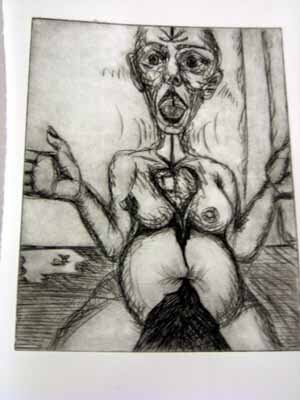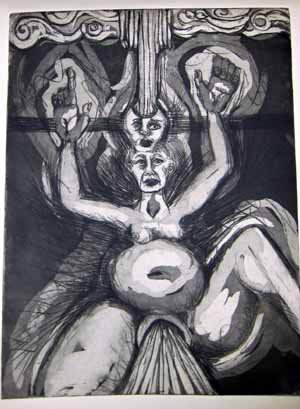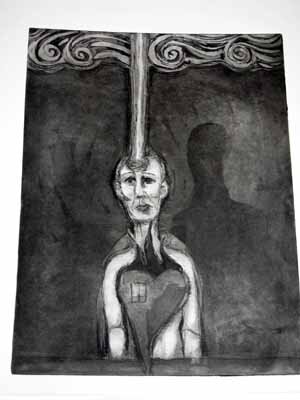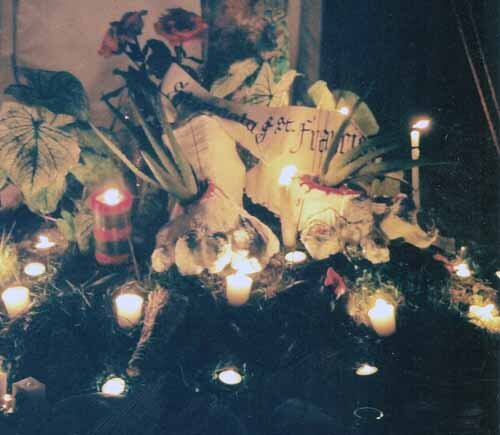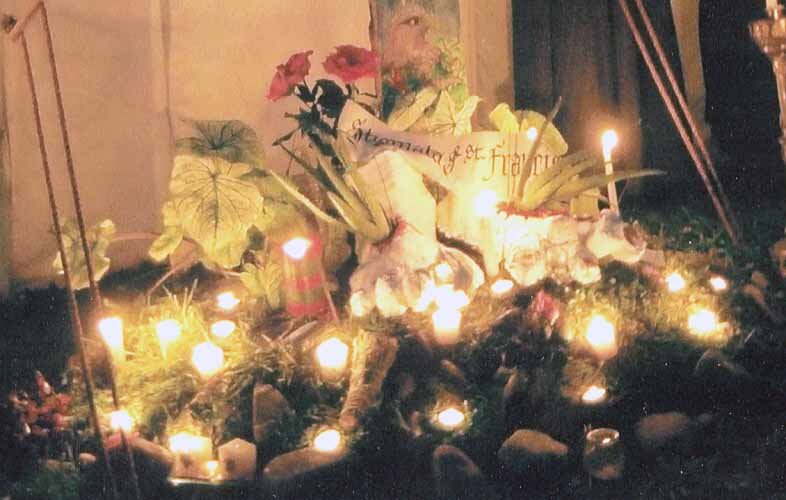Yesterday I had a doctor’s appointment. It seemed like a normal appointment until, in the middle of a technical discussion, my doctor described one of my symptoms as a serpent with its tail in its mouth. I was floored. To hear an allopathic doctor refer to an ancient mystical symbol was completely unexpected.
The symbol of a serpent with its tail in its mouth, or Ouroboros (Auroboros/Uroboros), dates back to 1,600 BCE in Ancient Egypt but has been used at many times and in many cultures. I am most familiar with it from from medieval & alchemical manuscripts. (For an interesting discussion by contemporary alchemists click here.)
The Ouroboros contains so many meanings: the circular, cyclical nature of time, regeneration and rebirth, and all is one to name a few. My doctor used this symbol to describe a situation that once started, feeds on itself. He described it like a storm, once it starts it continues going round and round much like a tornado or “a snake with its tail in its month”.
If the Ouroboros contains the meaning that all ‘existence’ is one, one of its meanings must be Divine Intelligence. According to Plotinus, the One (emptiness, non-existence, & the womb of God) emanates Divine Intelligence, which is primal existence, pure Being. The Intelligence then emanates more forms, but It is the first division with the Godhead. Before it there is Nothingness, non-being. That the Ouroboros represents the oneness of “all existence” means it must necessarily represent the One’s first emanation: the Intelligence. Divine Intelligence or Reason cannot be comprehended by man. It seems, much like a tornado, to be a state of complete chaos. The moments of chaos in our lives, therefore, are moments when we come closest to knowing God’s existence.
I have always understood that my physical ailments are divinely sent. They have been my greatest teacher, my Guru so to speak, my guide into the hidden mysteries of life. But, sometimes this can be forgotten in the daily grind of life. Yesterday, in a phrase, the symbol of the Ouroboros reminded me of the gift I have been given: the closeness of my embrace with the Divine.
Update: As with most symbols, this one works on many levels. On one level it represents the Intelligence, but on another level it can represent the One as well. It is the union of opposites, the end (the tail) and the beginning (the head) at the same time. Its circularity recalls the Womb of God, the nothingness, precipitated by holding two opposites as one, which births forth the Universe. During the medieval period they also spoke of this state as the squared circle.


